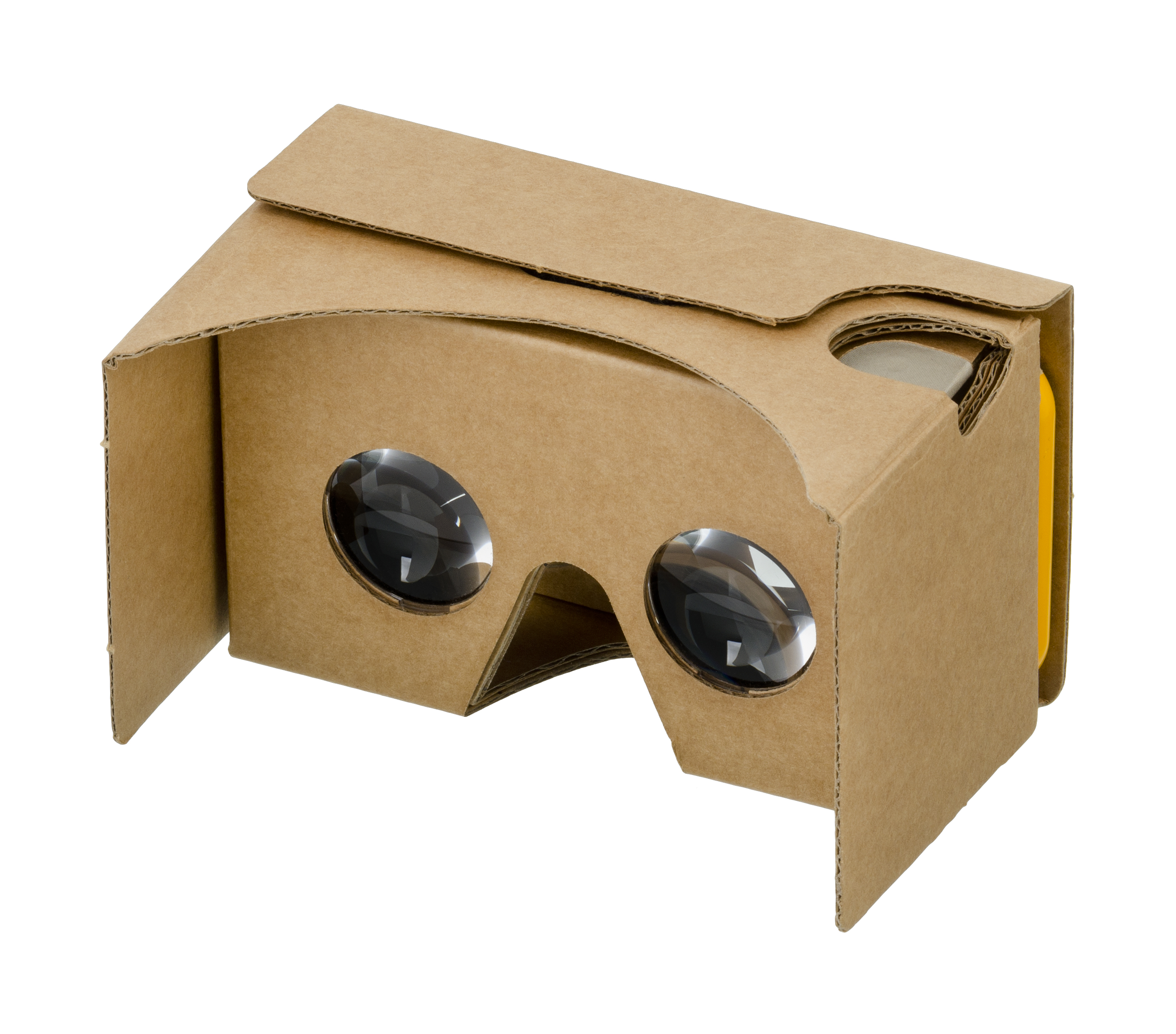Home » Posts tagged '#globaleducationtools'
Tag Archives: #globaleducationtools
Exploring the World from the Classroom
By: Dara Sborea
In this week’s blog, we are exploring VR in the classroom and how it can contribute to successful global collaborations. I chose to research Google Cardboard. To be honest, I had never heard of Google Cardboard before. When I googled it, I thought it would be expensive and out of reach for many teachers and districts. I very happily found out that there are Google Cardboard goggles available for as little as $9 each. I’m sure that if I researched pricing even more, there are bulk price and educational discounts available as well.

There are several apps available to use with Google Cardboard. You can find all these apps on the Google Play Store. With these apps, your students can explore zoos around the world, space, the deep sea, and so much more, without ever leaving the classroom.
Youtube 360 videos are also a great tool for classrooms. They allow students to experience the sights and sounds of areas they may not otherwise have the chance to visit. One great Youtube 360 video I explored that I found fascinating on a personal level was of the Northern Lights in Russia. I have always wanted to visit Russia and I’ve always wanted to see the Northern Lights.
What are the ways we can use these tools in our classrooms to contribute to successful global collaborations? While thinking about how I wanted to answer this question, there were many ideas swirling in my mind. I thought about my major (French education). I thought about everything I’ve learned in this class (way too many things to list). And I thought about previous blog posts and assignments and what I have focused on in those. So for the purpose of this blog post, I’ve decided to try to pull all those things together.
In previous blog posts, I’ve focused on the SDGs concerning zero hunger and good health and well-being. In those posts, I focused on food; learning French words for food, visiting French farms virtually, class trips to French restaurants. But how does the food grow? And how can we create a successful global collaboration while learning, through the use of VR, how food grows?
Let’s start with how crops are pollinated. Honey bees pollinate 80% of all pollinating plants and more than 130 types of fruits and vegetables. Let’s take a look at a bee’s journey.
With VR, instead of just reading about something in a book, our students can experience it. This gives our students real-time and real-world experience.
So how do we connect something like the video about into being a global collaboration? There are so many options. First, let’s talk about a lesson plan that would incorporate the above VR session.
Ask the students what the bee is doing?
(Turn and talk to your neighbor about what you think the bee is doing.)
Is there anything on the bee? What is that called?
Discuss Vocabulary:
Pollenation
Pollinator
Pollen
Pistil
Stamen
NectarSTUDENT INSTRUCTIONS
Students will turn and talk to a neighbor then answer questions in group discussion. Students will do this using all the French vocabulary they have learned until this point.
In order to incorporate global collaboration, students will Skype with their counterparts in a classroom in France. Those students will have seen the same VR video. At that time, students will begin to discuss the video, and they will also discuss what their respective countries are doing to combat climate change and what they are doing to save the bees, which will have a huge impact on the entire cycle of slowing down climate change.

A Trip to the Louvre

In 2018, I studied abroad for my first semester of college and I took a trip to Paris for a weekend, with one of my stops being to the Louvre. We did not choose to go inside due to the amount of people in it, so I decided a virtual tour would complete my experience there.

Looking at the tour options, the last name I expected to be on there was Darth Vader, the iconic bad guy from Star Wars. The exhibit was on heroes and monsters from folk tales and myths throughout history. The design of the gallery was to invoke tension, conflict, deep thought, and a sense of rising to action, all aspects of what makes a hero, a hero. The types of lighting helped to set the mood of whatever a hero was going through, whether it be overwhelming darkness, a little bit of light or dark, or even complete brightness. It simulated the conflict a hero encounters throughout their story, implying the viewer/visitor is a hero in their own light. This exhibit makes people look to heroes for inspiration, giving them hope that they can be heroes in their own lives. because even though heroes are great and powerful beings, they have their flaws, just like everyone else.
Microsoft Translator breaks language barriers and accessibility problems
![Learning setting. [Image description: A collaborative learning setting.] Photo courtesy of Unsplash.](https://blogs.stockton.edu/webtools/files/2021/10/photo-1592303637753-ce1e6b8a0ffb.jpeg)
As someone who is on their way to becoming fluent in a second language for the first time in their life, learning about the benefits of Microsoft Translator in this week’s chapter immediately stood out to me. And that is just for one person; the benefits of Translator reach schools, workplaces, and individual relationships alike (both abroad and on our screens).
For a school like Chinook Middle School in Clyde Hill, Washington, where students speak 32 different languages, Translator is a necessary tool. Principal Russel White, who liked to meet with parents four times a year, always had to use interpreters at language-designated tables. But that all changed when the tables grew in numbers and not every language was represented because of a lack of resources. Luckily, when he teamed up with the school’s IT department and started to use Microsoft Translator, he no longer had to rely on interpreters and constantly worry about not having all the resources to provide the right subtitles to every foreign tongue there.
The app’s website explains how it “provides free resources, tools, and how-to guides for live captioning and translation in the classroom.”
This takes global collaboration to a whole new level. Once the language barrier is broken, the possibilities for global communication, collaboration, and education are endless.
Translator bridges the language barrier with advanced technology that helps students see a transcript in their language on the screen at the front of the classroom, or on their devices. The app also allows what the lecturer is saying to be translated so they can listen to it audibly.
This is useful for foreign exchange students, or for teachers conducting virtual lessons to students on the other side of the globe, or simply for teachers and parents who speak another language to communicate effectively.
And the benefits don’t end there. The app is also useful for learners who need special accessibility tools, such as students who are hard of hearing or deaf. With the combination of translation and accessibility tools, Translator increases inclusivity and accessibility in the classroom. This is extremely important, as hearing difficulties are common throughout the world, and make accessibility tools in any learning environment crucial to the success of the student.
Education, and the way tools and empathy for the hearing-impaired come into play, is a major part of the mission of the National Association of the Deaf. This just shows how important a high-tech app like Translator is, in the way that it can help people with learning disabilities as well as foreign students coming to exchange cultures.
It’s one of the greatest bridges to cultural awareness, and one of the most fascinating tools I have come across this semester when learning about the different tools teachers with “teacherpreneurship” traits can utilize.
Kita B World

Kita B World is a great tool for the classroom when wanting to explore different cultures. The name “kitaab” means “book.” Kita B World introduces us to publications that reflect South Asian or diverse cultures. Although they are an independent publishing house that runs an independent book store, they have a content platform where they routinely publish curated booklists on various South Asian topics, interview authors, as well as feature guest posts on a variety of topics.

Kita B World also is great not just for students but for educators alike. The site offers a variety of lesson plans and activities to go along with the books that are available for purchase. The books are a great cultural experience for readers by allowing them to explore the customs and diversity of South Asia.

According to the Kita B World website, in an effort to counter islamophobia, their mission is to explore stories, myriad realities and weave the texture of diverse people – their lives, cultures, humanity, and beauty into our understanding of the world.
Having this tool available in our schools allows us to explore diverse cultures without ever having to leave the classroom. Engaging children in reading about other cultures allows them to open their minds to new ideas.
Hopefully, you too can discover the amazing South Asian culture after reading some of the amazing stories they have available.
Thanks for reading!!! Bayta Owens
Recent Comments